A Tour of Northern Italian Classical Wine Methods
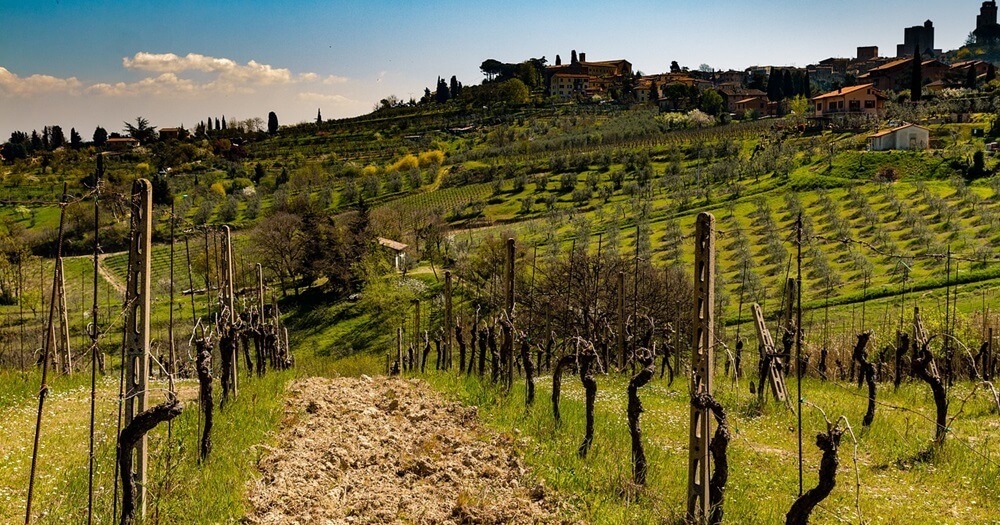
Italian sparkling wines made by Champenoise method, are symbols of elegance and quality, and among the denominations that best express this tradition we find Alta Langa DOCG, Trento DOC, Oltrepò Pavese Metodo Classico DOCG and Franciacorta.
These wines stand out for their uniqueness and for the ability with which they tell the story of the territory through the classic method.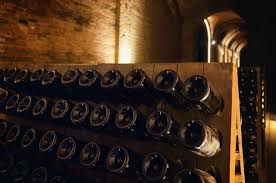
These sparkling wines, born in different areas of Northern Italy, are distinguished by their winemaking techniques and their ability to combine tradition and innovation.
In this article, we will dive into the fascinating world of these four Italian denominations, exploring their distinctive characteristics, the grape varieties used, and the influence of the territory that contributes to make each bottle a true sensory experience.
Discovering Alta Langa DOCG:
In the heart of the Piemonte hills, between Langhe and Roero, one of the most fascinating and least known denominations of the Italian sparkling wine scene is born: Alta Langa DOCG.
This classic method sparkling wine stands out not only for its quality, but also for the history and the tradition that make it a unique and valuable product. The Alta Langa expresses the authentic soul of a territory that, despite being relatively young in the production of sparkling wines, it has quickly established itself internationally.
Alta Langa DOCG is a young denomination, but its history is closely linked to the Piedmontese winemaking tradition.
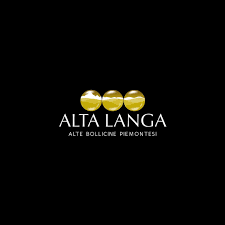 Although the area was already known for the production of still red wines, it was only in 1994 that Alta Langa obtained the DOC (Denominazione di Origine Controllata) recognition, later elevated to DOCG in 2011 (Denominazione di Origine Controllata e Garantita, the top of the Italian quality pyramid), a testament to its excellence.
Although the area was already known for the production of still red wines, it was only in 1994 that Alta Langa obtained the DOC (Denominazione di Origine Controllata) recognition, later elevated to DOCG in 2011 (Denominazione di Origine Controllata e Garantita, the top of the Italian quality pyramid), a testament to its excellence.
The decision to focus on the classic method, the use of the same technique that made Champagne famous, gave life to a product that managed to combine local winemaking tradition with innovation, bringing to the fore a territory that was not particularly known before for its sparkling wines.
Located in a hilly area that extends between the provinces of Cuneo and Asti, the production area benefits from an ideal micro-climate for viticulture. The vineyards are located in a landscape that alternates steep slopes and gentle hills, with a soil rich in limestone, clay and sand, which helps to give the grapes a particular minerality.
The altitude, which can reach up to 700 meters above the sea level, also offers daily and night temperature variations that favor the ripening of the grapes, maintaining acidity, an essential element for the production of high-quality sparkling wines.
Alta Langa DOCG is produced mainly with two grapes: Pinot Noir and Chardonnay, both originated in France, but perfectly adapted to the climate and soil of Piedmont. These vines, chosen for their ability to express complexity and finesse, are the basis of the classic method, which involves a refermentation in the bottle, followed by a long maturation on the yeasts.
The vinification and refermentation in the bottle follows rigorous standards, with a minimum time of 30 months spent on the yeasts .
The sparkling wine is made according to the traditional technique, with primary fermentation in steel and subsequent refermentation in the bottle. During the maturation period, the wine develops very rich aromatic characteristics, with notes of yeast, bread crust, ripe fruit and, depending on the cuvée, even floral accents.

Trento DOC: the classic method that tells the heart of the Dolomites:
Trento DOC is undoubtedly one of the jewels in the crown of Italian sparkling wine production, representing the excellence of champenoise method sparkling wine made in the Trentino region. A territory rich in history, tradition and an extraordinary vocation for viticulture, which has made Trento DOC one of the best Italian sparkling wines recognized worldwide.
Trentino, with its mountain landscape and valleys crossed by the Adige river, is the beating heart of Trento DOC production. Viticulture in this region has Etruscan and Roman roots, in 1902 Giulio Ferrari began sparkling wine production in Trentino but it is since 1993 that Trento DOC has officially acquired the DOC denomination.
The production area of Trento DOC extends across the Trentino valleys, between the province of Trento, Rovereto area and the South-western area of the region. The area benefits from a temperate continental climate, with significant temperature variations between day and night, which allow the grapes to develop freshness, balanced acidity and complex aromas.
The mountains that surround the region, with their soils rich in limestone and minerality, give the wine a structure and depth that make it truly special.
Trento DOC is based on refermentation in the bottle according to the classic method, which involves an initial fermentation in steel tanks and a second fermentation in the bottle.
The main grape varieties used for the production of Trento DOC are Pinot Noir, Pinot Meunier and Chardonnay.
Pinot Noir, in particular, is highly appreciated for its ability to give structure and depth to the wine, while Chardonnay gives freshness, elegance and a certain aromaticity.
The Trento DOC specification requires that each wine must be aged on the yeasts for a period of “at least” 15 months, for the basic version. “At least” says the specification, in reality all the cellars keep their sparkling wines on the yeast much longer.
In the final phase of production of the classic method sparkling wine, the dosage is decided (which depends on a precise choice of the winemaker and the sparkling wine house) and refers to the quantity of sugars and wine.
Oltrepo Pavese Metodo Classico DOCG: The excellence of the Lombardia terroir:
Oltrepò Pavese, one of the most fascinating wine-growing areas in Lombardia, has become synonymous with quality and winemaking tradition. Among its flagship products, the Metodo Classico DOCG stands out, a sparkling wine that represents the pinnacle of the winemaking art and dedication to quality that distinguish this territory. But what makes Oltrepò Pavese Metodo Classico so special?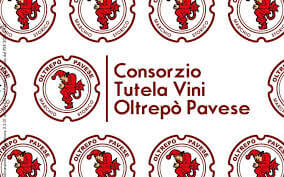
Oltrepò Pavese is located in the South of the Po River, in the province of Pavia. The landscape is characterized by gentle hills, calcareous soils and a positive micro-climate.
Oltrepo Pavese metodo classico is mainly made with the Pinot Noir grape variety, which represents about 70% of the vineyard area, although other varieties such as Chardonnay, Pinot Blanc and Pinot Gris are also present.
The grapes are harvested by hand and then subjected to a winemaking process that includes the first fermentation in steel and the second fermentation in the bottle as required by the classic method
The final result of the Oltrepò Pavese Metodo Classico DOCG is a wine of great quality, with a fine and persistent perlage. The color is an intense straw yellow, while the nose reveals elegant notes of ripe fruit, citrus, yeast and a light toasting that recalls freshly baked bread.
In the mouth the wine is fresh and savory, with a good structure and a long and harmonious finish. The Oltrepò Pavese Metodo Classico DOCG comes in different versions, each with its own peculiarities.
Franciacorta, art of the Metodo Classico in Lombardia:
Franciacorta is one of the most prestigious Italian wine, a symbol of a territory, and production method. This sparkling wine, produced in the area of Franciacorta located in the heart of Lombardia, represents one of the greatest expressions of the art of winemaking in Italy. Franciacorta is now recognized worldwide as one of the best sparkling wines produced with the Classic Method.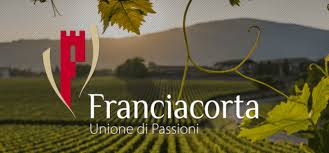
Franciacorta is a hilly region located in the province of Brescia, between Lake Iseo and the Po Valley. This territory is characterized by an ideal micro-climate for growing grapes, with calcareous-clayey soils rich in minerals that give the wines great structure and complexity.
The area is protected by the Alps, which create a temperate climate favorable to the ripening of the vines. The Franciacorta DOCG denomination was recognized in 1995 and the production area extends for approximately 2,000 hectares.
Franciacorta is produced with international and native grapes varieties: Chardonnay, Pinot Noir and Pinot Blanc and Erbamat. Each variety contributes to characterize the aromatic profile of the wine, creating a perfect synergy that gives life to balanced and sophisticated sparkling wines.
Chardonnay is the highly prized white grape variety, has been grown in Franciacorta for several decades and currently occupies over three-quarters of the total surface area. The wine obtained from this vine has excellent consistency, intense, fragrant and complex aroma, with varietal hints of fruit and flowers, good structure and pleasant freshness.
Pinot Noir is the second most difussed vine in Franciacorta. Pinot Noir increasingly represents a fundamental completion of the ampelographic base of the Franciacorta vineyard, occupying the highest altitude positions, with non-flat terrain, and low fertility. Pinot Noir is essential for giving Franciacorta structure, complexity and rich notes of red fruit and spices.
Pinot Blanc is the third vine variety of Franciacorta of French origin and belonging to the large Pinot family. Pinot Bianco, despite having a residual presence, is very important in the enrichment of the cuvées.
Erbamat: The main reasons that led to the introduction of this variety in the production specification of Franciacorta are to be found in two main elements: the desire to recover a greater identity and diversification of the product thanks to a deep connection with the territory, and the need to mitigate the effects of climate change especially on early grapes such as Chardonnay and Pinot.
With the sixth modification to the production specification, the Erbamat was included in the ampelographic base. The marked acidity of this variety allows it to give a contribution of freshness to the bases without distorting their profile, thanks to its substantial aromatic neutrality
There are different types of Franciacorta, which differ in stay on the yeasts and the residual sugar content, thus influencing the organoleptic characteristics of the wine.
Among these the most particular is Franciacorta DOCG Satèn: A type of Franciacorta produced exclusively with white Chardonnay and Pinot Blanc grapes characterized by a lower pressure in the bottle that gives the wine a softer and creamier foam, a minimum stay on the yeasts of 24 months.
It has a straw yellow color, nuanced but decisive aroma of ripe fruit accompanied by delicate notes of white flowers and dried fruit, even toasted. A pleasant flavor and freshness harmonize with an innate softness that recalls the delicate sensations of silk.
In recent decades, Franciacorta has gained a prominent position in the international panorama of sparkling wines. The wineries of the area, with their commitment, have managed to make Franciacorta appreciated all over the world, winning awards in wine competitions and becoming synonymous with class and refinement.
It is no coincidence that Franciacorta is often the protagonist of exclusive events including the Emmys World and the Porsche Carrera Cup
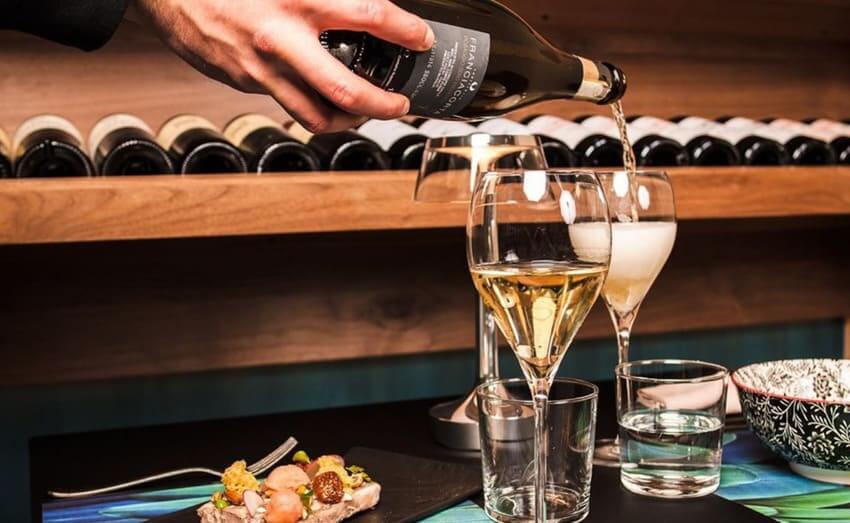 Italy, with its extraordinary diversity of territories and winemaking traditions, offers a wide range of top-quality sparkling wines, which reflect the art and passion of its producers.
Italy, with its extraordinary diversity of territories and winemaking traditions, offers a wide range of top-quality sparkling wines, which reflect the art and passion of its producers.
Alta Langa DOCG, Trento DOC, Oltrepò Pavese Metodo Classico DOCG and Franciacorta are among the spearheads of Italian sparkling wines, each with its own peculiarities and distinctive characteristics, but united by the use of the Classic Method, which enhances their complexity and finesse.
From the elegance and freshness of Alta Langa, to the precision and minerality of Trento DOC, from the versatility and structure of Oltrepò Pavese, to the sophisticated and rich tradition of Franciacorta, each bottle of these sparkling wines tells a story of territory, people and passion for quality.
Whether it’s a special celebration, a convivial moment or a refined aperitif, these sparkling wines represent the best that Italy has to offer. Tasting them means not only enjoying an excellent product, but also immersing yourself in a winemaking tradition that continues to renew itself and surprise you, every time you open a bottle.
Emanuele Buscaglia
